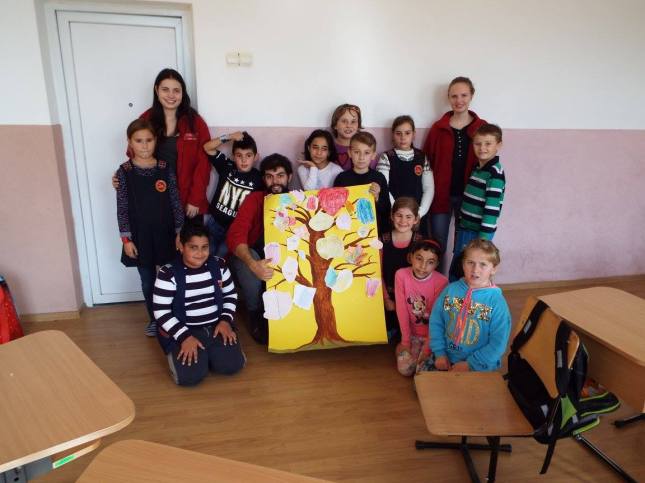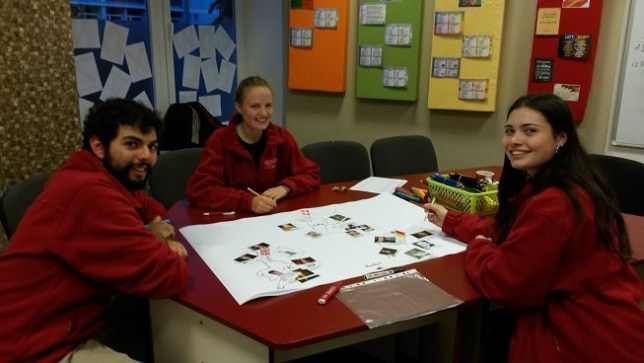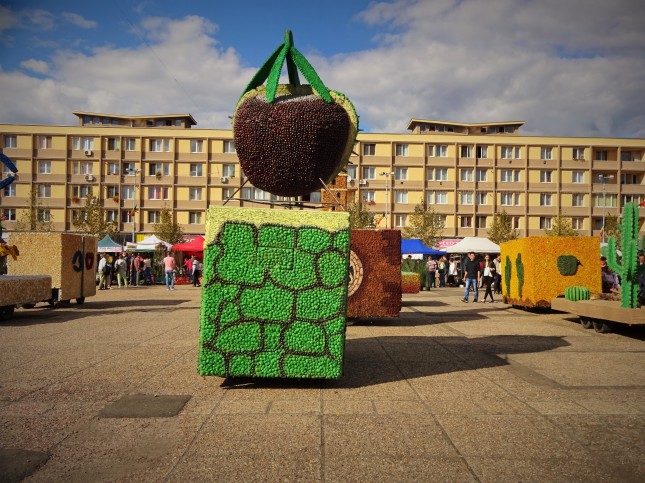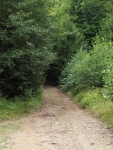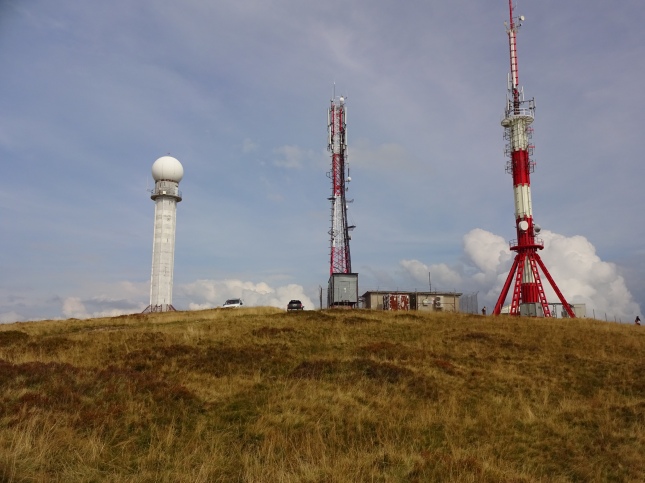The last weekends we have been travelling to other cities to meet some friends and to visit new places.
One weekend we decided to go to Arad which is a city in Western Romania. It has around 160 000 inhabitants and isn’t far from the Hungarian boarder. We know some other volunteers who live in Arad because we met them at the On-arrival training in Sibiu. Some friends told us that they were hitch-hiking around Romania and so we decided to try this as well. In the morning, we walked to the edge of Baia Mare and held up our sign on which was written:”Arad, va rog!” Then we had to wait some time until a man stopped. He told us that he is not driving to Arad but he can bring us to a spot where it is more likely that someone who is driving to Arad will pick us up. We were really happy that this man helped us because we were finally picked up by a mini bus that was driving to Oradea which is quite close to Arad. When we arrived in Oradea we bought something to eat and walked through the city. Then we walked out of the city and held up our sign again. And again a man picked us up to bring us to a better spot for hitch-hikers. That was funny! It was already afternoon now and there were some other people who wanted to be picked up as well. But finally a Romanian who works in Italy picked us up. He drove a very nice car and brought us very quickly to Arad. After our arrival we contacted our friends and they showed us their apartment where we could sleep as well. In the evening we met some other volunteers because there are many of them in Arad! I think we were around twenty but there are even more of them. Furthermore, the Christmas market has already opened and so we drank some hot wine there and listened to Christmas music. The other day we hiked in a forest with some volunteers and afterwards we had a barbecue because it was very warm this day. We also did a little bit of sightseeing. Arad is a very nice city and it was perfect that we knew some people there so it was even more fun.
Due to the fact that the 30th November and the 1st December are holidays in Romania we had some free days and so we decided to travel to Budapest. We lived in a very nice apartment which was located centrally so that we always walked. Of course we visited the most popular tourist attractions such as the House of Parliament, St Stephens Basilica, the Fishermen’s Bastion, the Heroes Square, the Gellert Hill et cetera. We also went to one of the famous ruin pubs and due to the fact that some other volunteers had decided to travel to Budapest, too, we met them one evening. I really enjoyed Budapest because it is a very nice city and the weather was quite good, too, because the sun was shining most days. So I hope that I will come back one day!
